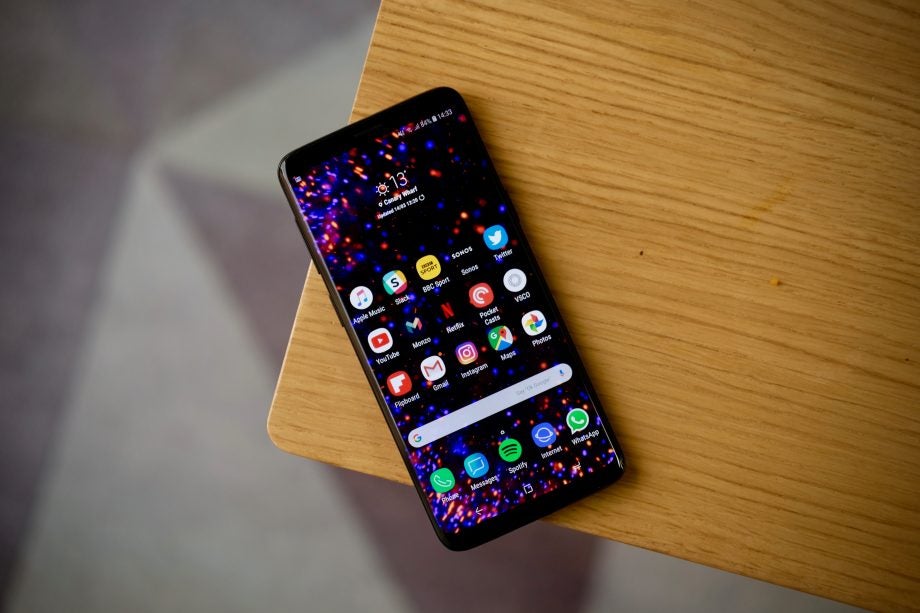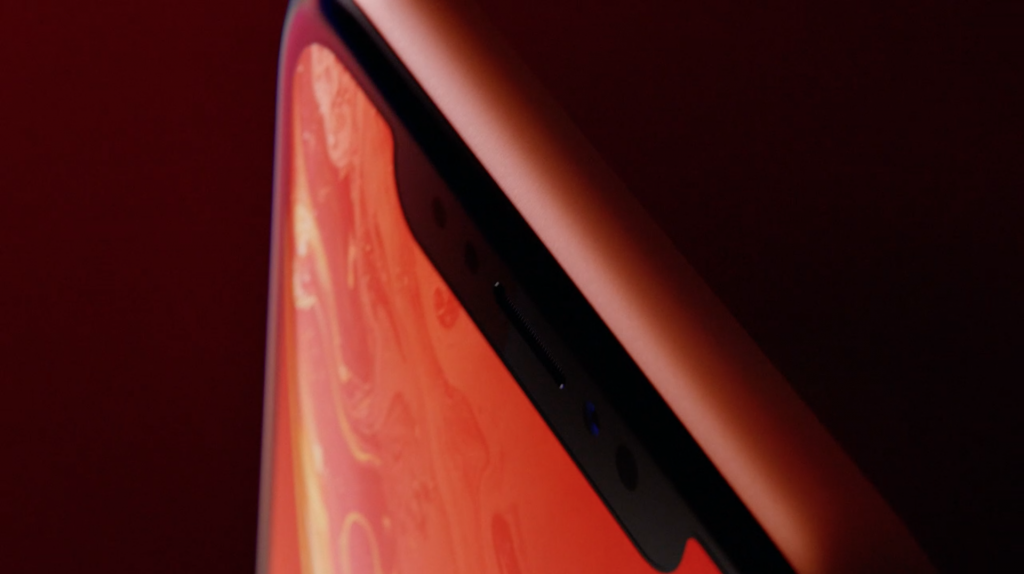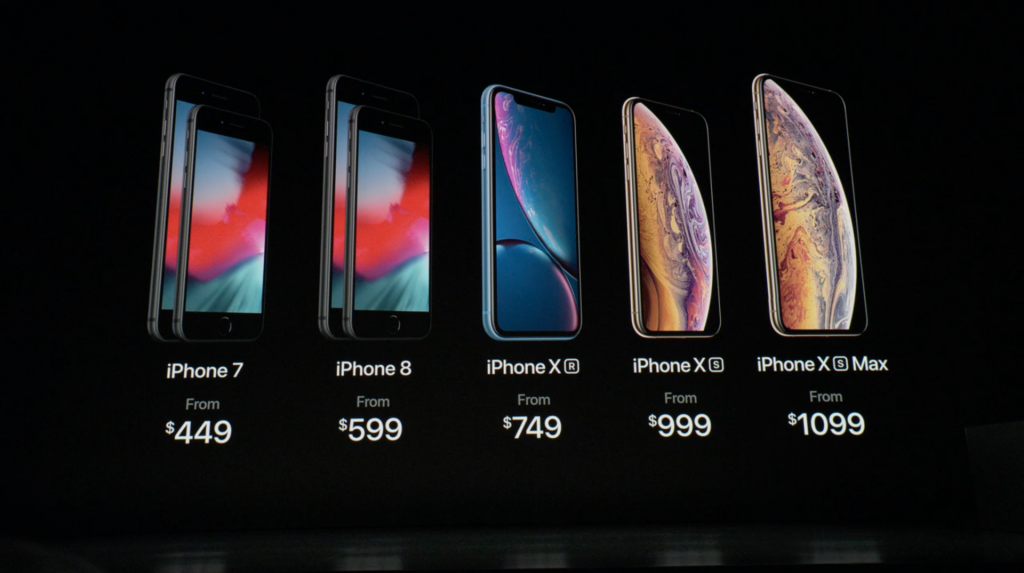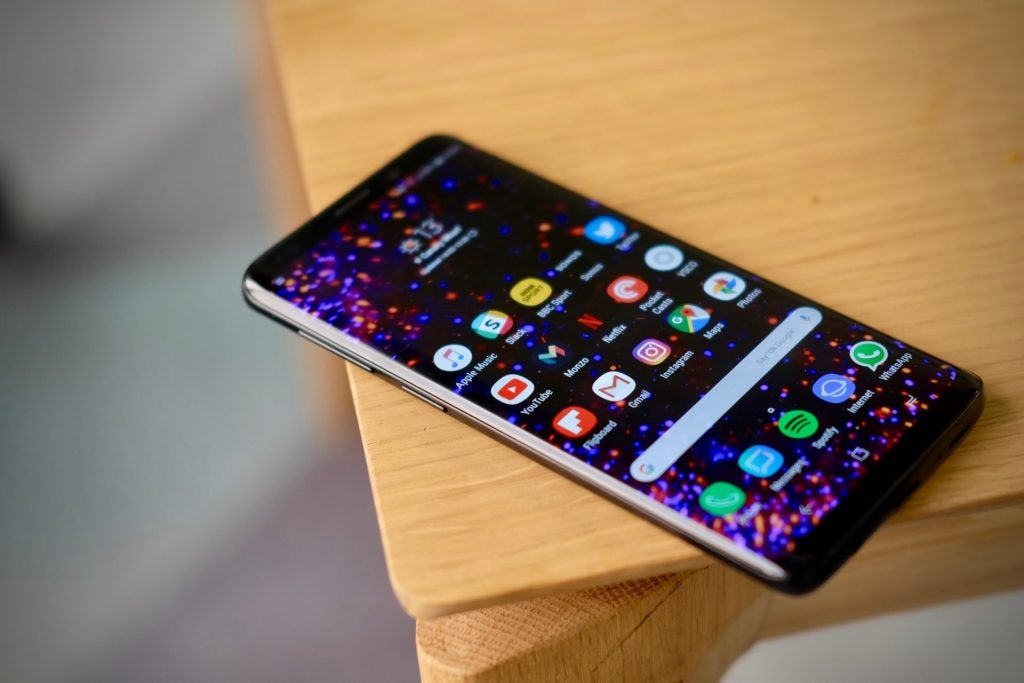iPhone XR vs Samsung Galaxy S9: No contest?

Should your next phone be the Samsung Galaxy S9 or the iPhone XR?
With Apple’s new 2018 iPhone roster now out in the open, we thought we’d take a look at how the base iPhone XR stacks up against one of its competitor’s top picks, the Samsung Galaxy S9.
iPhone XR vs Samsung Galaxy S9 – Design
On catching sight of the iPhone XR for the first time, it’s obvious from where it gets its looks. Instead of continuing with the now antiquated stylings of last year’s iPhone 8, the XR is based on the new design direction Apple introduced with 2017’s iPhone X. As such you get a notched, extended aspect ratio display, glass on the front and back sandwiching an aluminium frame, and a unit that’s also IP67-certified water-resistant.
Samsung’s early 2018 flagship does very little to evolve the design introduced by last year’s Samsung Galaxy S8, which itself was a far more significant shift towards the company’s Galaxy S line. This isn’t to the detriment of the S9, however. It’s a slender device for sure, and with a smaller 5.8-inch display to the iPhone’s 6.1-inch panel, it’s a little easier to wield one-handed.

The S9 has a metal frame with a glass face and rear, with the frame colour matched to the overall colour of phone that takes your fancy. Like the iPhone, the S9 is hardy, with superior IP68 dust- and water-resistance. Unlike the iPhone, however, Samsung’s design still includes a 3.5mm headphone jack.
iPhone XR vs Samsung Galaxy S9 – Specs and features
One of the big design shifts from the S8 to the S9 was the adjusted placement of the fingerprint sensor, which now sits beneath the rear camera. This makes it far more comfortable to reach via either hand. With its 2018 iPhone lineup, Apple has eradicated its TouchID fingerprint sensor altogether. Instead, the iPhone XR packs a variation on the TrueDepth sensor array – again, first introduced on the iPhone X.
[videoai]That means Face ID authentication for unlocking and authorising transactions as well as more playful features such as Animoji and Memoji are now possible. Samsung has some facsimile of both features, but in truth neither work as well as the experiences we’ve trialled on the iPhone X, the quality of which is expected to carry over to the iPhone XR.
| iPhone XR | Samsung Galaxy S9 | |
|---|---|---|
| Display | 6.1-inch 1792 x 828 IPS LCD | 5.8-inch 18.5:9 1440 x 2960 Super AMOLED |
| Processor | Apple A12 Bionic | Exynos 9810/Snapdragon 845 |
| RAM | TBC | 4GB |
| Rear camera | Single 12 megapixels | Single 12 megapixels |
| Front camera | 7 megapixels | 8 megapixels |
| Battery | TBC | 3000mAh |
| Software | iOS 12 | Android 8.0 Oreo |
| Storage | 64/256GB | 64/128/256GB |
Both phones also boast wireless charging, although only Samsung’s handset can play nice with multiple standards of the technology as well as the company’s own fast wireless charging standard.
The S9 promises crisper visuals thanks to a higher resolution panel, as well as a more premium viewing experience. This isn’t simply because it squeezes more pixels onto a smaller panel compared to the iPhone XR; it’s because it uses AMOLED tech in place of an IPS LCD, as found on the iPhone XS and iPhone XS Max that launched alongside the iPhone XR. The S9’s screen is also notch-free.
In a straight drag race, the iPhone is likely to smoke Samsung’s handset. The new A12 chip of Apple’s own design is set to trounce the competition, especially since its predecessor – the A11 Bionic – is still capable of sticking it to the Exynos 9810/Snapdragon 845 that powers the Galaxy S9 in most scenarios. The A12 Bionic is a 7nm chip with support for Gigabit LTE and improved speeds both in the CPU and GPU.

iPhone XR vs Samsung Galaxy S9 – Camera
It was disappointing to find that Samsung had decided to grace only the Samsung Galaxy S9 Plus (and later the Galaxy Note 9) with its latest dual-camera arrangement. The standard S9 lacks a secondary rear sensor, meaning no Live Focus mode (the Samsung equivalent of Apple’s Portrait mode) and no lossless optical zoom.
In a sense, the S9 has struck it lucky as far as this comparison goes, since the iPhone XR also loses out on the dual-camera setup of its more potent launch siblings. Either way, you have 12 megapixels to play with on the back, accompanied by OIS (optical image stabilisation). Both shoot 4K and slow-motion video in varying configurations, so it ultimately falls to your preferences, based on the nuances of each phone’s camera feature set.
Things are a little more clear-cut with the front-facing cameras. The addition of the TrueDepth sensor means a superior face-unlock and AR-based animated emoji experience versus the S9, plus Portrait mode is on the table for selfie-loving iPhone users. Options are a little lighter on the ground for S9 fans.

iPhone XR vs Samsung Galaxy S9 – Price
A 64GB Samsung Galaxy S9 initially set you back a hefty £739/$719.99. However, prices have started to fall since launch and it’s now possible to pick up the handset for almost £200/$200 less if you search around.
The iPhone XR, meanwhile, starts £749/$749 for the base 64GB configuration, but will likely hold its value far longer.
Early verdict
This is a surprisingly close-fought race, which is a testament to the overall potency of the hardware Samsung has included in the Galaxy S9’s recipe. While the iPhone falls short in areas such as the display and wireless charging, it makes up for this with raw performance and promised camera prowess. What’s more, it’s the more affordable handset here without sacrificing all that much when compared to the S9’s feature set.


